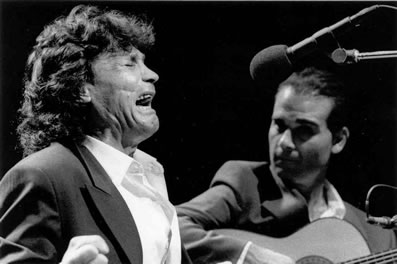Alo's Flamenco Journal

This journal will explore flamenco.
I’ve been interested in (ok, obsessed with) flamenco for a long time - at first just the guitar side of things but soon after the wider world of flamenco, as I started spending more and more time in Spain learning guitar and accompanying dancers and singers.
Flamenco is traditionally made up of song, dance and guitar, along with percussive elements (including palmas (hand clapping), all types of percussion instruments especially cajón, and jaleo or yelling stuff out). This journal will probably end up being pretty guitar-centric but it should be noted that for most hard-core aficionados the song (known as cante or cante jondo for the most important forms) is the most important part of flamenco with guitar and dance closely following the song forms, either accompanying a singer or describing the song in a more abstract way when a singer isn’t present. Some things I plan to cover:
1. The palos (or forms) of flamenco, such as buleria, solea, tientos, fandangos and so on
2. Regional styles - flamenco that is typical of Jerez, Seville, Madrid, etc
3. Some guitar-centric stuff like keys and modes, different tunings
4. Some album lists (top 10s and the like)
Let me know if there’s anything flamenco-related you would like to see here.






 Hybrid Mode
Hybrid Mode